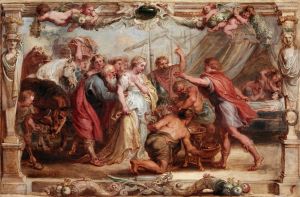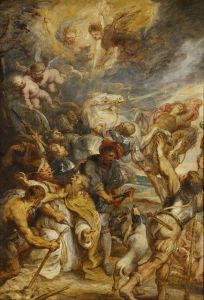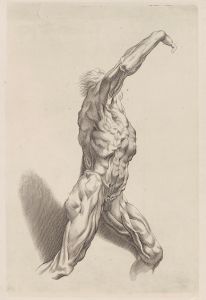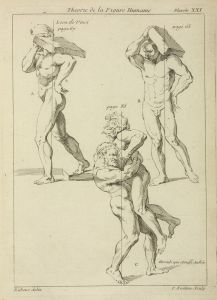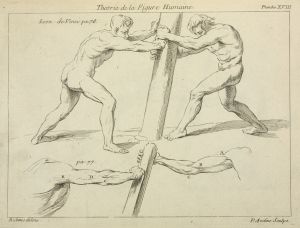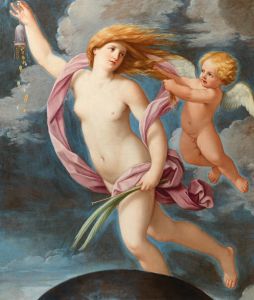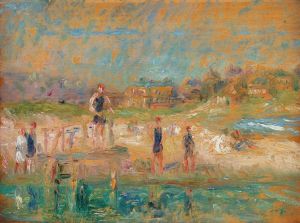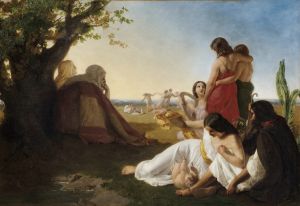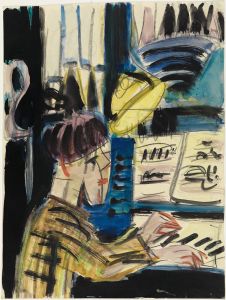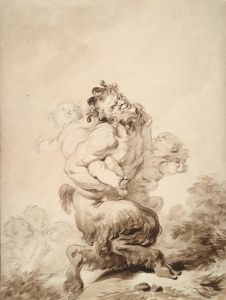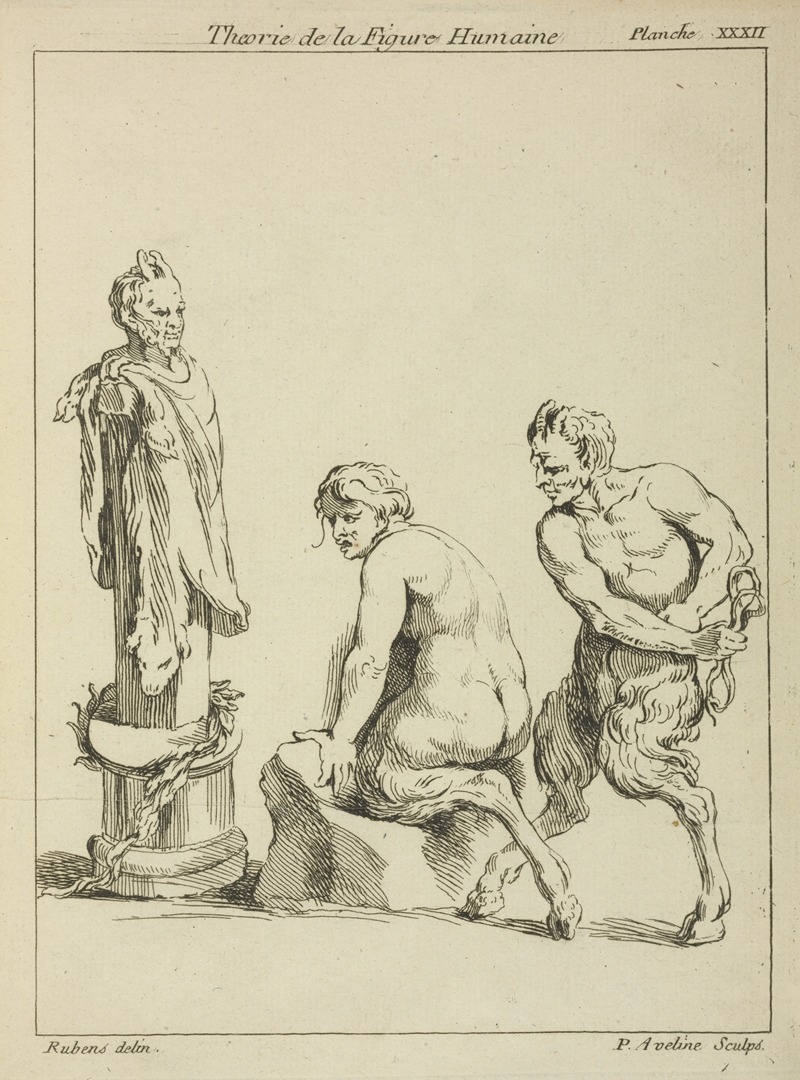
Two satyrs, and the head of a satyr
A hand-painted replica of Peter Paul Rubens’s masterpiece Two satyrs, and the head of a satyr, meticulously crafted by professional artists to capture the true essence of the original. Each piece is created with museum-quality canvas and rare mineral pigments, carefully painted by experienced artists with delicate brushstrokes and rich, layered colors to perfectly recreate the texture of the original artwork. Unlike machine-printed reproductions, this hand-painted version brings the painting to life, infused with the artist’s emotions and skill in every stroke. Whether for personal collection or home decoration, it instantly elevates the artistic atmosphere of any space.
"Two Satyrs, and the Head of a Satyr" is a painting by the renowned Flemish Baroque artist Peter Paul Rubens. Rubens, born in 1577, is celebrated for his dynamic compositions, vibrant color palette, and masterful depiction of the human form. His works often draw on classical mythology, history, and religion, reflecting the cultural and intellectual currents of his time.
The painting "Two Satyrs, and the Head of a Satyr" exemplifies Rubens' fascination with mythological themes. Satyrs, creatures from Greek mythology, are often depicted as half-human, half-goat beings associated with Dionysus, the god of wine, revelry, and ecstasy. They are typically portrayed as mischievous and indulgent figures, embodying the untamed aspects of nature and human desire.
In this work, Rubens captures the essence of these mythological beings with his characteristic dynamism and attention to detail. The satyrs are rendered with a robust physicality, their muscular forms and expressive faces conveying a sense of vitality and movement. The painting showcases Rubens' skill in rendering texture and light, with the satyrs' skin, hair, and surroundings depicted with a rich, tactile quality.
The composition of the painting is both balanced and dynamic. The two full figures of the satyrs are positioned in a way that creates a sense of interaction and movement, while the head of the third satyr adds a focal point that draws the viewer's eye. Rubens' use of color and light further enhances the composition, with warm tones and dramatic contrasts that bring the figures to life.
"Two Satyrs, and the Head of a Satyr" is a testament to Rubens' ability to blend classical themes with his own artistic vision. His work reflects the Baroque era's emphasis on emotion, movement, and sensory experience, inviting viewers to engage with the mythological world he depicts.
Rubens' influence on the art world was profound, and his works continue to be studied and admired for their technical mastery and expressive power. "Two Satyrs, and the Head of a Satyr" is a prime example of his ability to convey complex themes and emotions through the medium of paint, making it a significant piece in the canon of Western art.
The painting is housed in the Alte Pinakothek in Munich, Germany, which holds one of the most important collections of European paintings from the 14th to the 18th centuries. The museum's collection includes numerous works by Rubens, reflecting his status as one of the most important artists of his time.
In summary, "Two Satyrs, and the Head of a Satyr" by Peter Paul Rubens is a remarkable example of Baroque art, showcasing the artist's skill in depicting mythological subjects with vitality and emotional depth. The painting remains an important part of Rubens' oeuvre and a valuable piece of cultural heritage.





